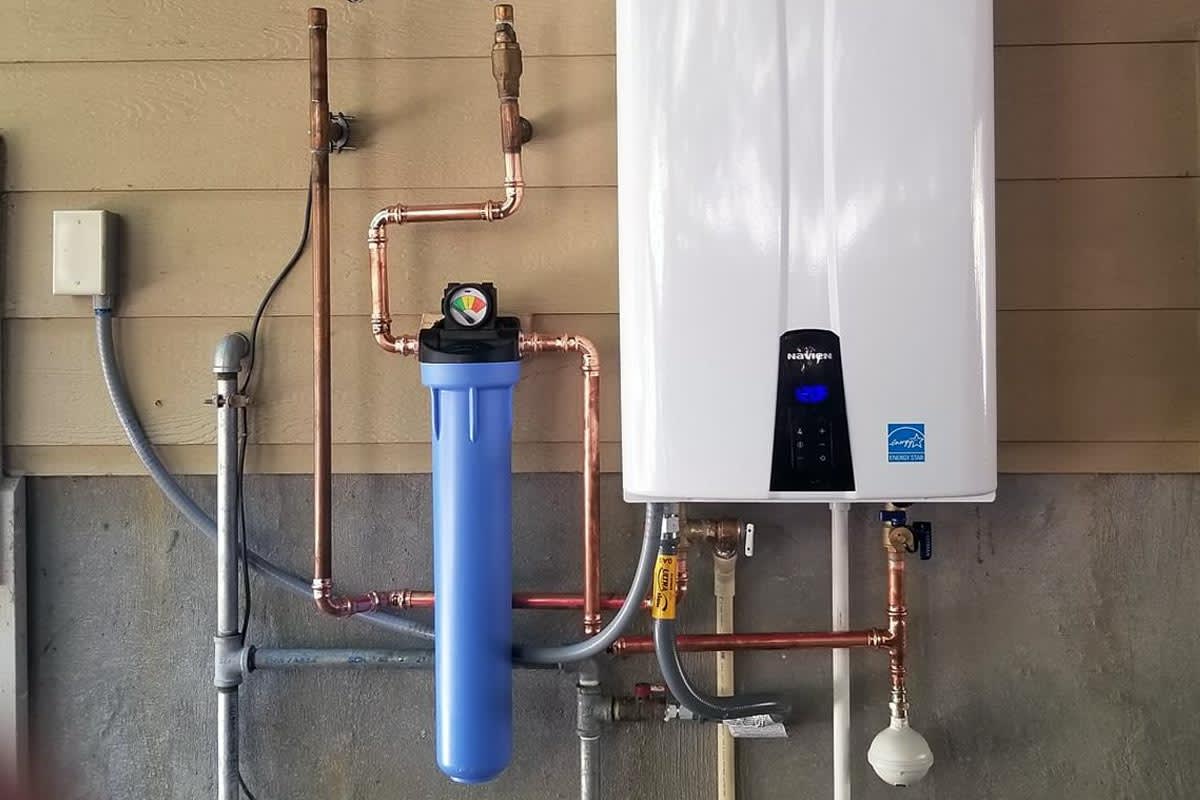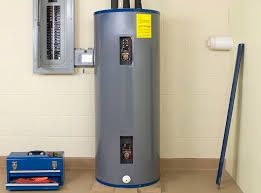What're your thoughts about What Kind of Maintenance Do Water Heaters Need??

Warm water is crucial for day-to-day comfort, whether it's for a refreshing shower or washing recipes. To guarantee your warm water system runs effectively and lasts longer, regular upkeep is crucial. This short article provides sensible ideas and understandings on exactly how to maintain your home's hot water system to stay clear of disturbances and expensive repair work.
Introduction
Maintaining your home's warm water system could seem challenging, yet with a couple of basic steps, you can guarantee it runs smoothly for years ahead. This overview covers whatever from recognizing your warm water system to DIY maintenance pointers and knowing when to call professional aid.
Relevance of Preserving Your Hot Water System
Normal maintenance not just prolongs the lifespan of your warm water system but additionally guarantees it operates successfully. Ignoring upkeep can cause reduced performance, greater energy costs, and even premature failing of the system.
Indicators Your Hot Water System Needs Upkeep
Recognizing when your hot water system needs attention can prevent significant issues. Look out for indicators such as inconsistent water temperature, strange sounds from the heater, or rustic water.
Recognizing Your Warm Water System
Before diving right into maintenance jobs, it's useful to recognize the basic elements of your warm water system. Usually, this includes the hot water heater itself, pipelines, anode rods, and temperature level controls.
Regular Monthly Upkeep Tasks
Routine month-to-month checks can help capture small problems prior to they escalate.
Flushing the Hot Water Heater
Flushing your hot water heater removes sediment buildup, improving performance and extending its life.
Checking and Replacing Anode Rods
Anode poles stop rust inside the container. Examining and changing them when worn out is important.
Checking and Adjusting Temperature Setups
Adjusting the temperature setups ensures ideal efficiency and safety.
DIY Tips for Upkeep
You can execute several maintenance jobs on your own to keep your hot water system in leading problem.
Checking for Leaks
Regularly inspect pipes and connections for leakages, as these can result in water damages and greater bills.
Checking Pressure Alleviation Valves
Evaluating the stress relief valve guarantees it works appropriately and stops excessive stress buildup.
Shielding Pipes
Protecting warm water pipelines reduces warmth loss and can save power.
When to Call an Expert
While DIY maintenance is helpful, some issues need expert experience.
Facility Issues Needing Expert Aid
Instances consist of significant leaks, electrical troubles, or if your hot water heater is consistently underperforming.
Routine Professional Maintenance Conveniences
Professional maintenance can consist of complete examinations, tune-ups, and making certain compliance with safety requirements.
Verdict
Normal maintenance of your home's hot water system is essential for effectiveness, durability, and expense financial savings. By adhering to these tips and knowing when to seek expert assistance, you can make certain a trusted supply of warm water without unforeseen interruptions.
How to Maintain an Instant Hot Water Heater
Before tinkering with your hot water heater, make sure that it’s not powered on. You also have to turn off the main circuit breaker and shut off the main gas line to prevent accidents. Also turn off the water valves connected to your unit to prevent water from flowing into and out of the appliance. 2. When you’re done, you have to detach the purge valves’ caps. These look like the letter “T†and are situated on either side of the water valves. Doing so will release any pressure that has accumulated inside the valves while at the same time avoid hot water from shooting out and burning your skin. 3. When the purge valves’ caps are removed, you have to connect your hosing lines to the valves. Your unit should have come with three hoses but if it didn’t, you can purchase these things from any hardware or home repair shops. You can also get them from retail stores that sell water heating systems. Read the user’s manual and follow it to complete this task properly. When the hosing lines are connected, open the purge port’s valves. 4. You should never use harsh chemical cleaners or solutions when cleaning your unit. Make use of white vinegar instead. It should be undiluted and you’ll probably use about 2 gallons. 5. Now flush your water heater. This task should probably take about 40 minutes. We can’t give you specific directions for this because the procedure is carried out depending on the type, model and brand of your heater. With that being said, refer to the user’s manual. 6. When you’re done draining the unit, you have to turn off the purge port valves again. Remove the hosing lines that you earlier installed on each of the water valves. Put the valve caps (purge port) back in their respective places and be very careful so as not to damage the rubber discs that are found inside these caps. 7. Now that everything’s back in place, check your user’s manual again to find out how to reactivate your water heating system. 8. Once it is working, turn one of your hot water faucets on just to let air pass through the heater’s water supply pipes. Leave the tap on until water flows smoothly out of it. https://www.orrplumbing.com/blog/2014/september/how-to-maintain-an-instant-hot-water-heater/

As a fervent person who reads on What Kind of Maintenance Do Water Heaters Need?, I was thinking sharing that piece of content was a good thing. So long as you enjoyed reading our article if you please be sure to share it. Thanks so much for going through it.
View Website